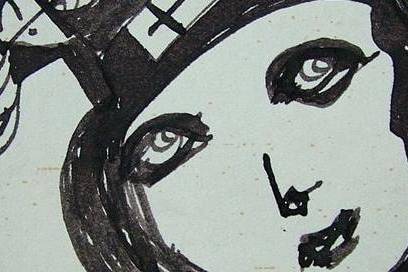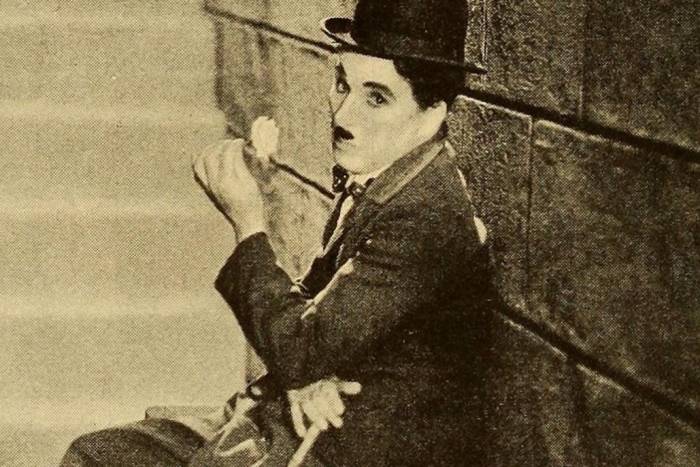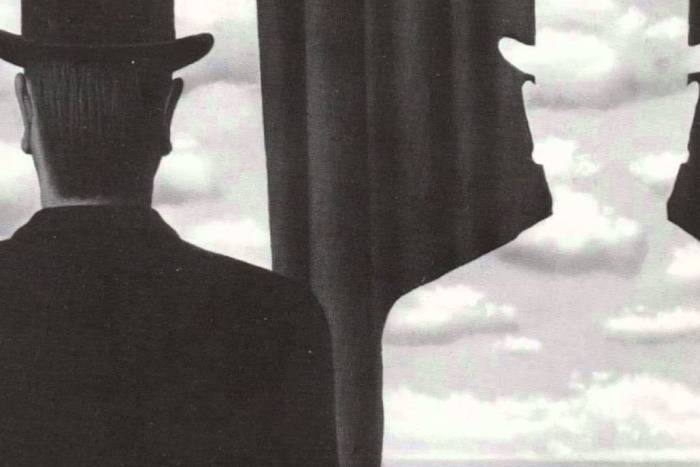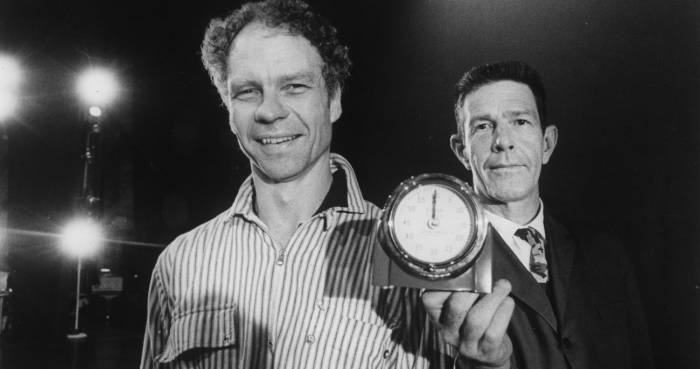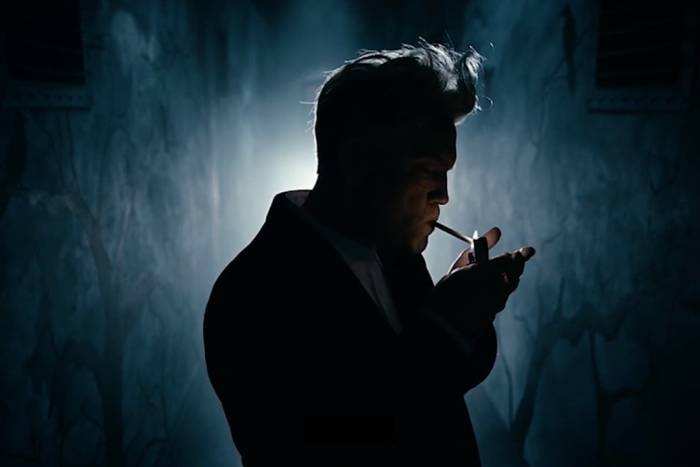Dream to Discover: Scientists That Solved Enigmas While They Slept
Our brain needs to rest to reorganize the information it acquires during the day; which is why it is possible to solve problems while we sleep.
Thanks to modern neuroscience we know that our brain needs at least to do two things to organize information: to be distracted and to sleep. It sounds paradoxical, but that is how we function. We could dedicate all our attention to a problem, by concentrating on assimilating all the existing information and try to consider all the possible angles, but there will come a point where our brains tire and we will simply not be able to see any further. Which is why we need to think about something else or, as when we sleep, free up our mind from thought control. The information will then become appropriately ordered.
As a result, and although it may seem strange, there are many cases in which an invention or a discovery has taken place in dreams. For a moment it could be believed that scientific investigation is exclusively rational, but there is also that other part of us that can intervene and collaborate, with unexpected results.
Here are three examples of scientists that dreamed about what they so longed to discover:
Mendeleev’s periodic table
After spending several days thinking up a system that could order the known chemical elements based on their atomic weight, Dmitri Mendeleev had a dream in which they all were perfectly arranged in a table. When he woke up, Mendeleev immediately drew his vision, and which revealed itself perfectly, as such system even revealed the errors in the values of some of the elements and even showed the existence of some that were not yet known.
Niels Bohr’s atomic model
According to Edwina Portocarrero and other researchers at the MIT, the physicist Niels Bohr had the idea of the atomic model in a dream in which he saw the sun surrounded by all the planets of the solar system, and which appeared tied together with little strings.
The speed of light
The anecdote goes that, when he was young, Albert Einstein dreamt that he rode a sled in the snow, downhill, with the speed increasing as the descent continued; in the dream, Einstein felt that the sled accelerated to the speed of light, and with which the surroundings began to fade and the colors all bled into one. In some ways the scientific work of the physicist was an attempt at finding out what would happen to the body or a quantity of energy if it moved at the same speed as light.
Related Articles
Pictorial spiritism (a woman's drawings guided by a spirit)
There are numerous examples in the history of self-taught artists which suggest an interrogation of that which we take for granted within the universe of art. Such was the case with figures like
Astounding fairytale illustrations from Japan
Fairy tales tribal stories— are more than childish tales. Such fictions, the characters of which inhabit our earliest memories, aren’t just literary works with an aesthetic and pleasant purpose. They
A cinematic poem and an ode to water: its rhythms, shapes and textures
Here lies One Whose Name was writ in Water. - John Keats Without water the equation of life, at least life as we know it, would be impossible. A growing hypothesis holds that water, including the
Watch beauty unfold through science in this "ode to a flower" (video)
The study of the microscopic is one of the richest, most aesthetic methods of understanding the world. Lucky is the scientist who, upon seeing something beautiful, is able to see all of the tiny
To invent those we love or to see them as they are? Love in two of the movies' favorite scenes
So much has been said already, of “love” that it’s difficult to add anything, much less something new. It’s possible, though, perhaps because even if you try to pass through the sieve of all our
This app allows you to find and preserve ancient typographies
Most people, even those who are far removed from the world of design, are familiar with some type of typography and its ability to transform any text, help out dyslexics or stretch an eight page paper
The secrets of the mind-body connection
For decades medical research has recognized the existence of the placebo effect — in which the assumption that a medication will help produces actual physical improvements. In addition to this, a
The sea as infinite laboratory
Much of our thinking on the shape of the world and the universe derives from the way scientists and artists have approached these topics over time. Our fascination with the mysteries of the
Sharing and collaborating - natural movements of the creative being
We might sometimes think that artistic or creative activity is, in essence, individualistic. The Genesis of Judeo-Christian tradition portrays a God whose decision to create the world is as vehement
John Malkovich becomes David Lynch (and other characters)
John Malkovich and David Lynch are, respectively, the actor and film director who’ve implicitly or explicitly addressed the issues of identity and its porous barriers through numerous projects. Now

